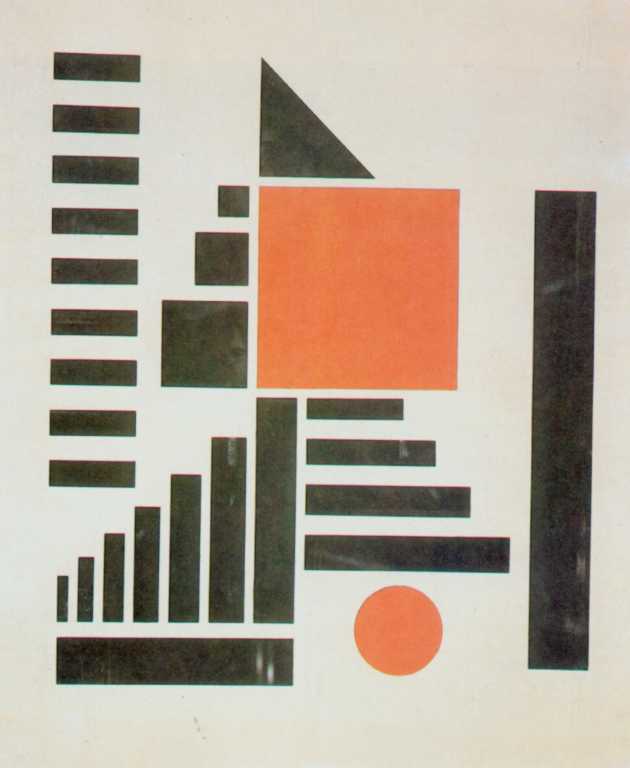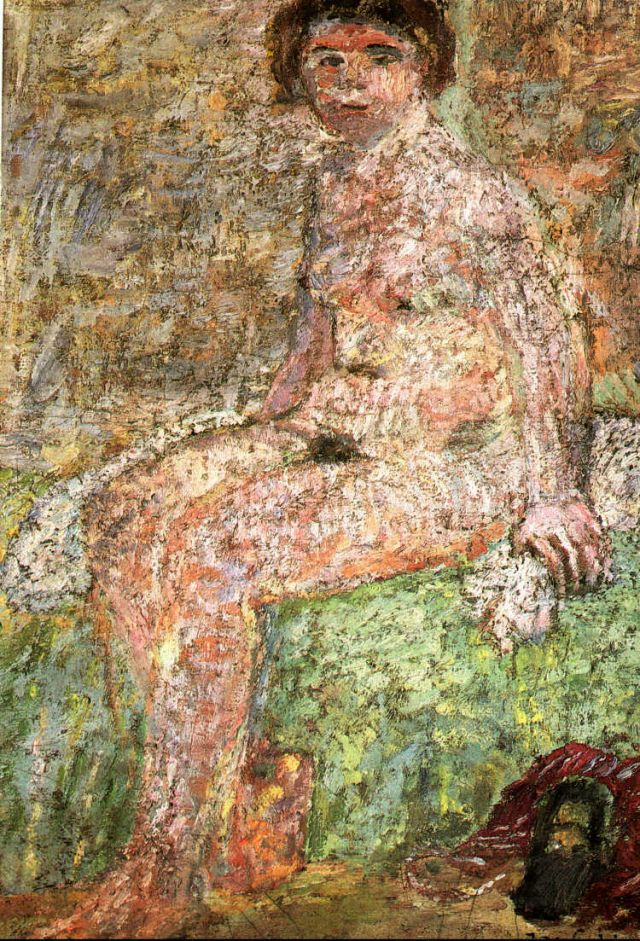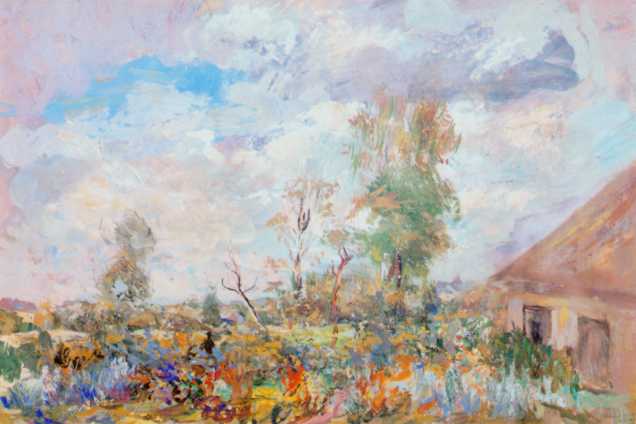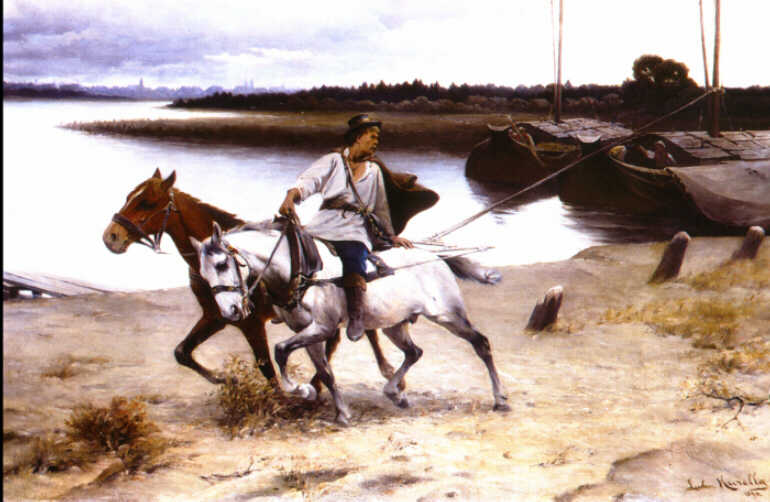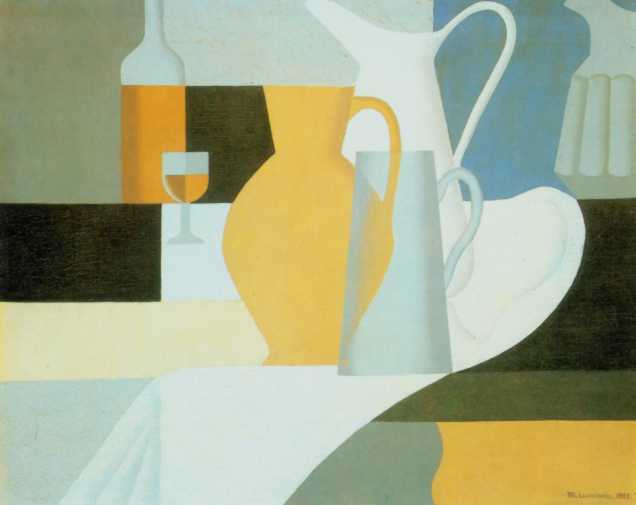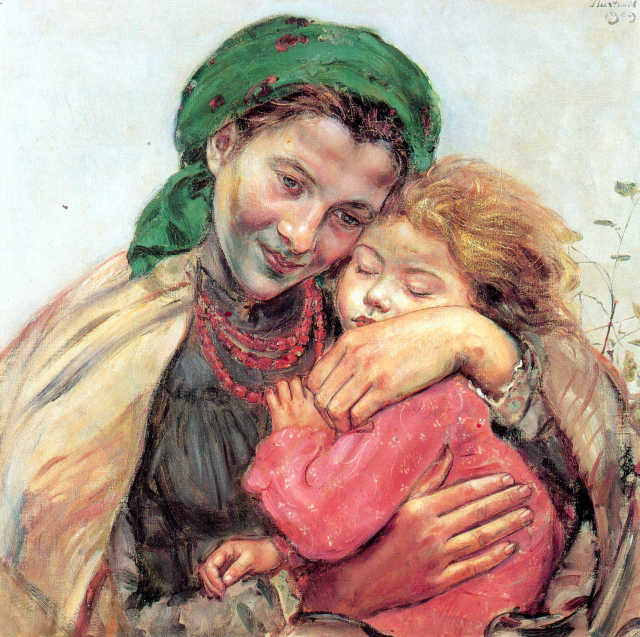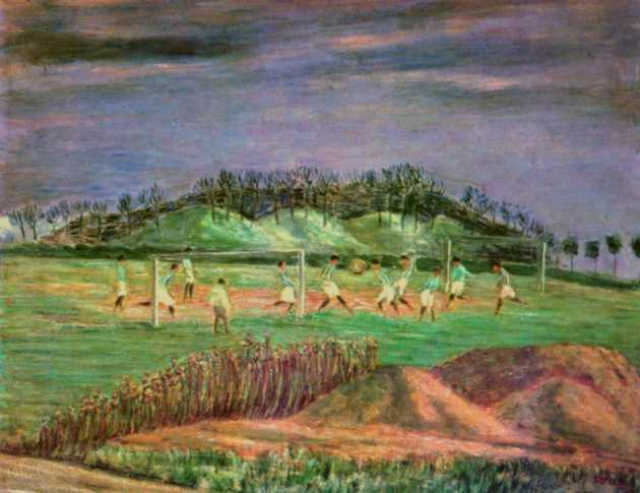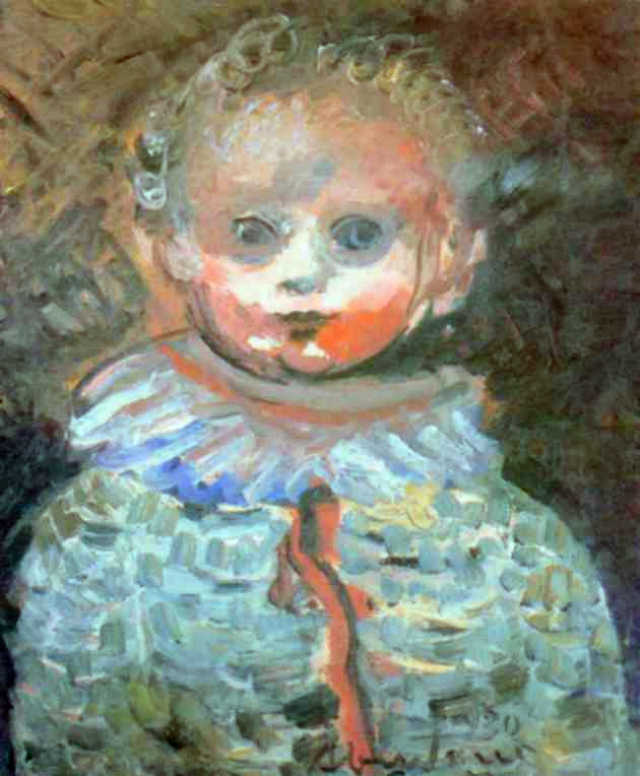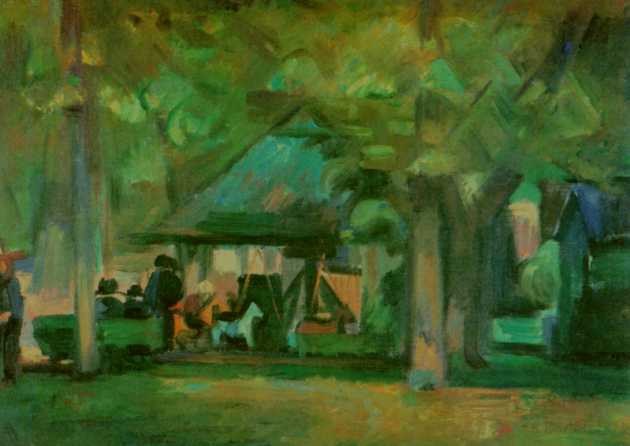Berlewi, Henry (ur. 1894 Warsaw, zm. 1967 Paris).
Painter, art critic, member of the Blok group, Syndicate of the French Artistic Press oraz International Association of Art Critics (AICA). He studied at the SSP in Warsaw in the l. 1904-09, at the Academy of Fine Arts in Antwerp in the l. 1909-10, at the Ecole des Beaux-Arts in Paris in the l. 1911-12 and at the Warsaw School of Drawing in 1913. W l. 1914-18, thanks to magazines reaching Warsaw, became interested in dadaism and futurism, w 1921 while getting to know El Lissicki, he deepened his knowledge of constructivism and suprematism. From that moment on, he entered the path of artistic avant-garde. His views were established in Berlin in the. 1922-23, when he was there in the circle of such artists, like T.. van Doesburg, V.Eggeling, M. van der Rohe in L. Afoholy Nagy. Berlewi, fascinated by the beauty and magic of the machine, introduced a technique inspired by its precision to painting. It was a mechano-invoice, whose theory he developed while still in Berlin, and which consisted in the mechanical reconstruction of the ordered, schematic forms (straight lines and geometric forms) with the help of perforated templates. The colors were limited to black and white, sometimes lively red. Mechanofactor elements in Berlewi's work allow him to be considered a precursor of later pop art and optical kinetism. W 1928 the artist left Poland and, in a sense, the avant-garde. He settled permanently in Paris, where he dealt mainly with portrait painting. However, in 1957 undertaking lively activity and participating in numerous exhibitions of abstract art.
Painter, art critic, member of the Blok group, Syndicate of the French Artistic Press oraz International Association of Art Critics (AICA). He studied at the SSP in Warsaw in the l. 1904-09, at the Academy of Fine Arts in Antwerp in the l. 1909-10, at the Ecole des Beaux-Arts in Paris in the l. 1911-12 and at the Warsaw School of Drawing in 1913. W l. 1914-18, thanks to magazines reaching Warsaw, became interested in dadaism and futurism, w 1921 while getting to know El Lissicki, he deepened his knowledge of constructivism and suprematism. From that moment on, he entered the path of artistic avant-garde. His views were established in Berlin in the. 1922-23, when he was there in the circle of such artists, like T.. van Doesburg, V.Eggeling, M. van der Rohe in L. Afoholy Nagy. Berlewi, fascinated by the beauty and magic of the machine, introduced a technique inspired by its precision to painting. It was a mechano-invoice, whose theory he developed while still in Berlin, and which consisted in the mechanical reconstruction of the ordered, schematic forms (straight lines and geometric forms) with the help of perforated templates. The colors were limited to black and white, sometimes lively red. Mechanofactor elements in Berlewi's work allow him to be considered a precursor of later pop art and optical kinetism. W 1928 the artist left Poland and, in a sense, the avant-garde. He settled permanently in Paris, where he dealt mainly with portrait painting. However, in 1957 undertaking lively activity and participating in numerous exhibitions of abstract art.
Mechanofaktura White-Red-Black, 1924
gouache, papier, 98 x 81 cm;
Museum of Art in Łódź;
gouache, papier, 98 x 81 cm;
Museum of Art in Łódź;
